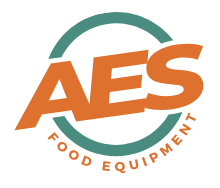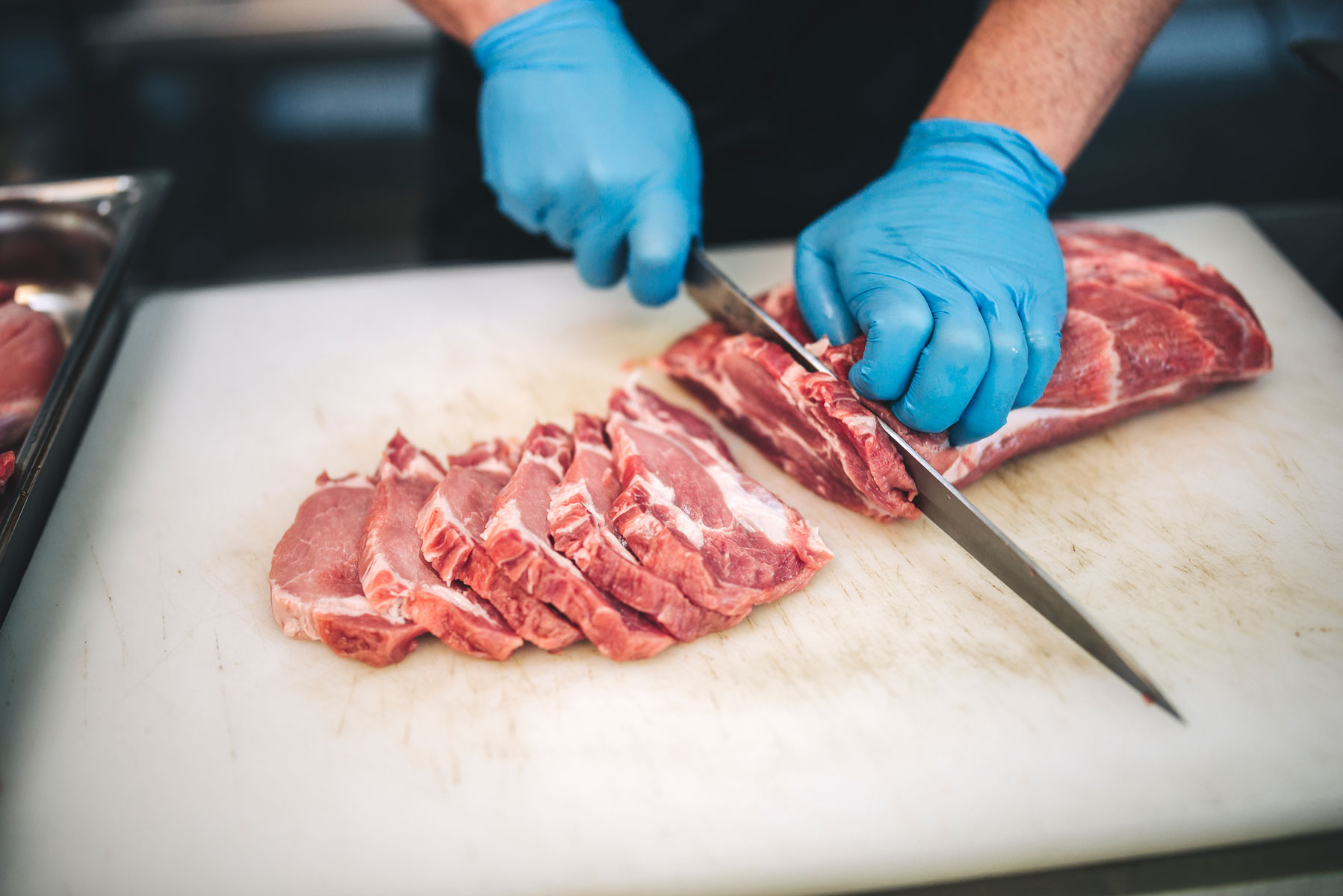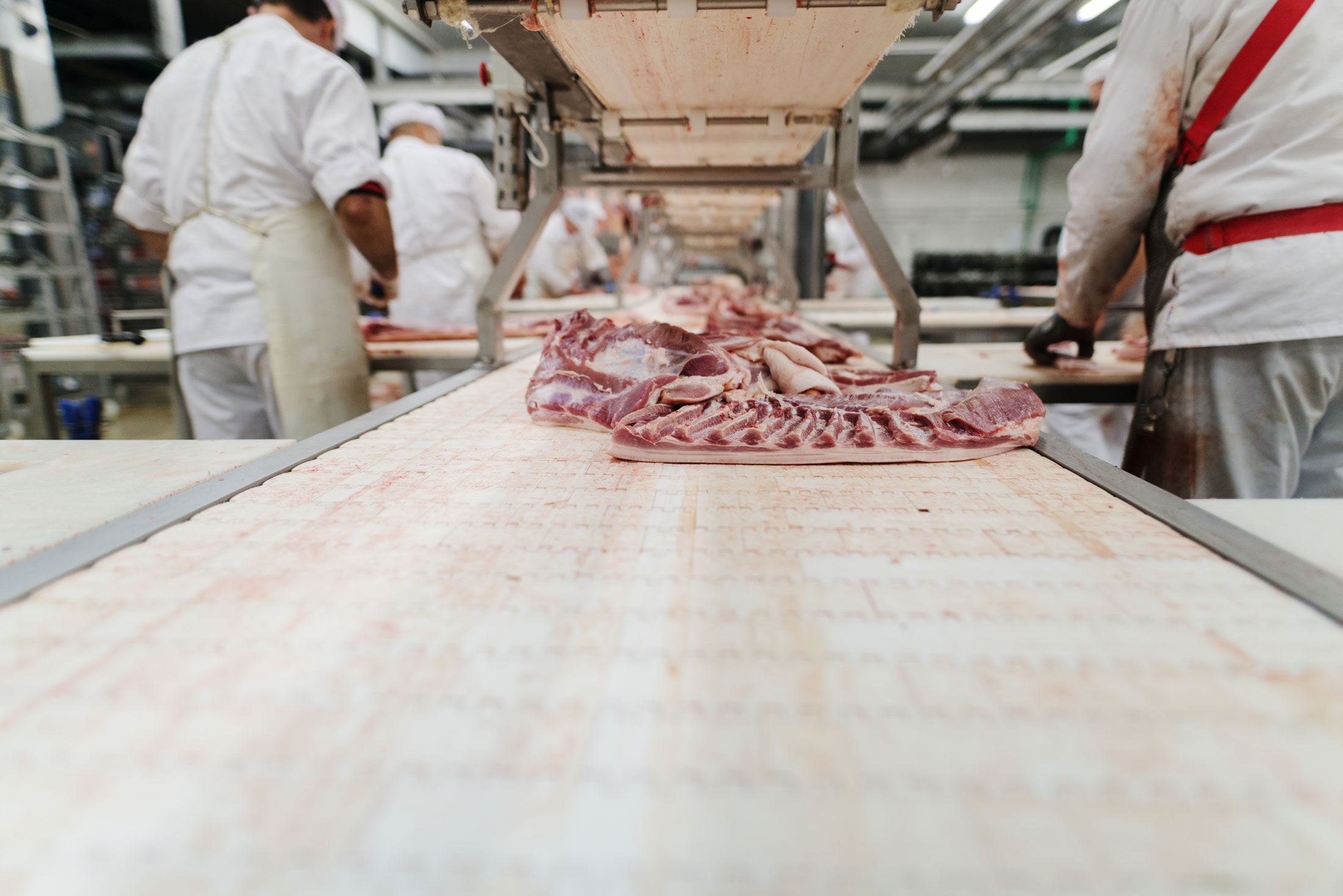The Ultimate Guide to Choosing the Right Butchers Knives for Your Meat Business
In the world of butchery, precision is key. Whether you're working in a commercial setting or a smaller shop, the right tools can make all the difference. Butchers knives are essential for efficiently processing meat, ensuring clean cuts, and reducing waste. In this guide, we’ll help you navigate the different types of butcher knives available, so you can choose the best tools for your meat business.
1. Breaking Knives
Breaking knives are designed for cutting large sections of meat into more manageable portions. Their long, curved blades allow for smooth cuts that reduce strain on the user and maintain the integrity of the meat. These knives are perfect for breaking down whole carcasses or large sections of beef or pork.
- Recommended Blade Length: A breaking knife typically has a blade length of 10 to 12 inches, allowing for ample leverage when cutting through thick muscle and fat.
- Key Features: Look for ergonomic handles that provide a secure grip and reduce fatigue during prolonged use.
2. Boning Knives
A boning knife is a must-have for removing bones from cuts of meat. Available in flexible, semi-flexible, and stiff varieties, these knives are essential for achieving precise cuts while minimising waste. A flexible boning knife is ideal for poultry and fish, while a stiffer blade works best for larger cuts like beef.
- Choosing the Right Boning Knife: For intricate work around joints and ribs, a flexible knife is ideal. For larger cuts, a semi-stiff blade provides better control.
- Techniques: Mastering the proper technique for boning will enhance efficiency and yield, reducing the amount of meat left on the bone.
3. Butcher Cleavers
When it comes to heavy-duty tasks like splitting bones, a cleaver is indispensable. Its weight and sturdy design make it the perfect tool for cutting through tougher cuts of meat and bones. For any high-volume meat processor, a reliable cleaver will increase efficiency in the kitchen.
- Types of Cleavers: There are traditional Chinese cleavers, which are versatile and great for various tasks, and heavier Western-style cleavers, designed primarily for breaking bones.
- Safety Tips: Always use a cleaver on a sturdy cutting board to prevent slipping and accidents.
4. How to Choose the Right Knife
Choosing the right knife depends on the type of meat you work with and the volume of your operation. Consider whether you need flexible or stiff blades, the handle’s ergonomics for long periods of use, and the overall durability of the knife. Investing in high-quality knives can reduce long-term costs by lasting longer and requiring less maintenance.
- Factors to Consider:
- Material: Stainless steel offers corrosion resistance and durability, while carbon steel provides sharper edges but requires more maintenance.
- Weight: Heavier knives provide more force but can lead to fatigue; lighter knives offer precision but may require more effort for tough cuts.
5. Maintaining Your Butchers Knives
To keep your knives in peak condition, regular maintenance is key. This includes sharpening after every few uses, using a honing steel, and cleaning with hot water and detergent. Proper care not only extends the life of your knives but also ensures that your cuts remain precise.
- Sharpening Techniques:
- Whetstones: A traditional method that allows for precise sharpening.
- Honing Rods: Useful for maintaining the edge between sharpenings.
- Storage Solutions: Consider magnetic strips or knife blocks to keep your knives organised and protected from damage.
Check out our selection of butcher knives at AES Food Equipment today, your number one partner for quality food equipment and supplies.


